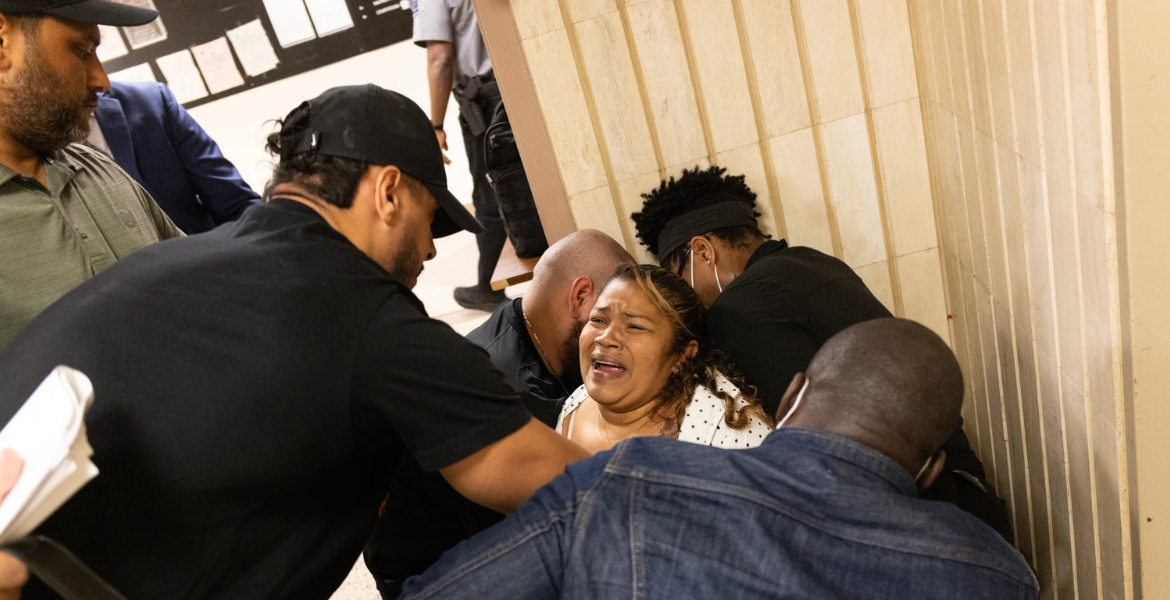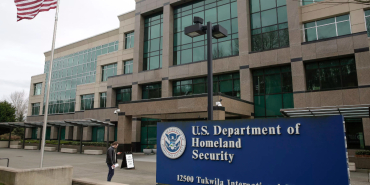Majority of US Immigration Detainees Lack Criminal History, Data Shows

The Trump administration's aggressive immigration enforcement policies face mounting criticism as data reveals a significant proportion of detainees have no criminal convictions, contradicting claims that the focus is solely on dangerous individuals.
As of 29 June 2025, US Immigration and Customs Enforcement (ICE) figures indicate that of the 57,861 individuals held in detention facilities nationwide, 71.7 percent – a total of 41,495 people – have no criminal convictions. This figure includes 14,318 individuals facing pending criminal charges and a further 27,177 with neither convictions nor known charges. Ahilan Arulanantham, co-faculty director of the UCLA Law School's Centre for Immigration Law and Policy, argues, "There’s a deep disconnect between the rhetoric and the reality."
This sentiment echoes concerns that the administration's deportation agenda is not based on evidence of criminality. Further compounding the issue is the opacity surrounding ICE’s internal threat-level classification system. As of 23 June, 84 percent of detainees had not been assigned a threat level. Only 7 percent were classified as level one, indicating the highest perceived threat, while levels two and three accounted for 4 and 5 per cent respectively. The lack of threat assessments for the vast majority of detainees raises serious questions about the criteria used to justify their detention.
The White House maintains that the administration remains focused on apprehending dangerous individuals. Abigail Jackson, a spokesperson for the administration, defended recent operations, saying, “Just this week, the Administration conducted a successful operation rescuing children from labour exploitation at a marijuana facility in California, and continued arresting the worst of the worst—including murderers, paedophiles, gang members, and rapists.”
However, nonpublic data obtained by the Cato Institute paints a more detailed and arguably conflicting picture. Since the beginning of fiscal year 2025 on 1 October 2024, 65 percent of the more than 204,000 individuals processed by ICE had no criminal convictions. Among those with convictions, only 6.9 per cent had committed violent crimes, with the majority – 53 per cent – found guilty of nonviolent offences, primarily immigration, traffic, or vice-related infractions.
The administration’s enforcement surge is particularly visible in Southern California, where ICE raids have targeted car washes, retail parking lots, and agricultural sites. These operations have led to widespread protests and heightened anxiety within Latino communities. The deployment of National Guard troops and US Marines to Los Angeles has further increased tensions, drawing criticism from state officials and civil liberties organisations.
The human cost of these enforcement actions came into sharp focus following an incident on 10 July at Glass House Farms, a licensed cannabis grower operating in Camarillo and Carpinteria. During the raid, 57-year-old farmworker Jaime Alanis fell from a greenhouse roof while reportedly attempting to evade ICE agents. He sustained fatal injuries and died two days later, becoming the first known casualty of the administration’s current immigration crackdown.
According to family members and hospital sources, Alanis contacted relatives to say he was hiding from agents before falling approximately nine metres. The Department of Homeland Security (DHS) confirmed that Alanis was not among those arrested during the operation, which resulted in the detention of approximately 200 individuals suspected of being in the country illegally.
These heightened enforcement measures follow a directive issued in late May by White House Deputy Chief of Staff Stephen Miller, imposing a daily arrest quota of 3,000 – a significant increase from the average of 650 during the first five months of Trump’s second term. According to the Transactional Records Clearinghouse (TRAC), ICE arrests increased by nearly 30 percent in May compared to April, and rose again by 28 percent in June.
Critics argue that the quota-driven approach undermines due process and incentivises indiscriminate arrests. The American Civil Liberties Union (ACLU) has condemned the policy as “arbitrary” and rooted in “broad stereotypes based on race or ethnicity.”
Legislative efforts have also drawn controversy. In January, President Trump signed the Laken Riley Act, mandating the detention of unauthorised immigrants accused of theft or violent crimes. The law is named after a Georgia nursing student who was allegedly murdered by a Venezuelan national residing in the US illegally. A 2023 working paper from the National Bureau of Economic Research found that immigrants have consistently exhibited lower incarceration rates than native-born Americans over the past 150 years, noting a 60 percent lower likelihood of incarceration among immigrants, with rates declining since 1960.
Lauren-Brooke Eisen, senior director of the justice programme at the Brennan Centre for Justice, asserts, “President Trump has justified this immigration agenda in part by making false claims that migrants are driving violent crime in the United States, and that’s just simply not true. There’s no research and evidence that supports his claims.”








Add new comment